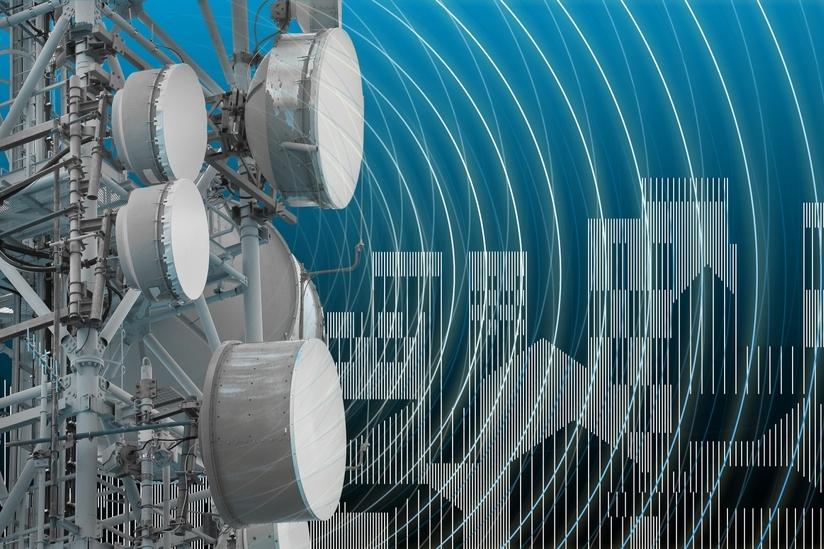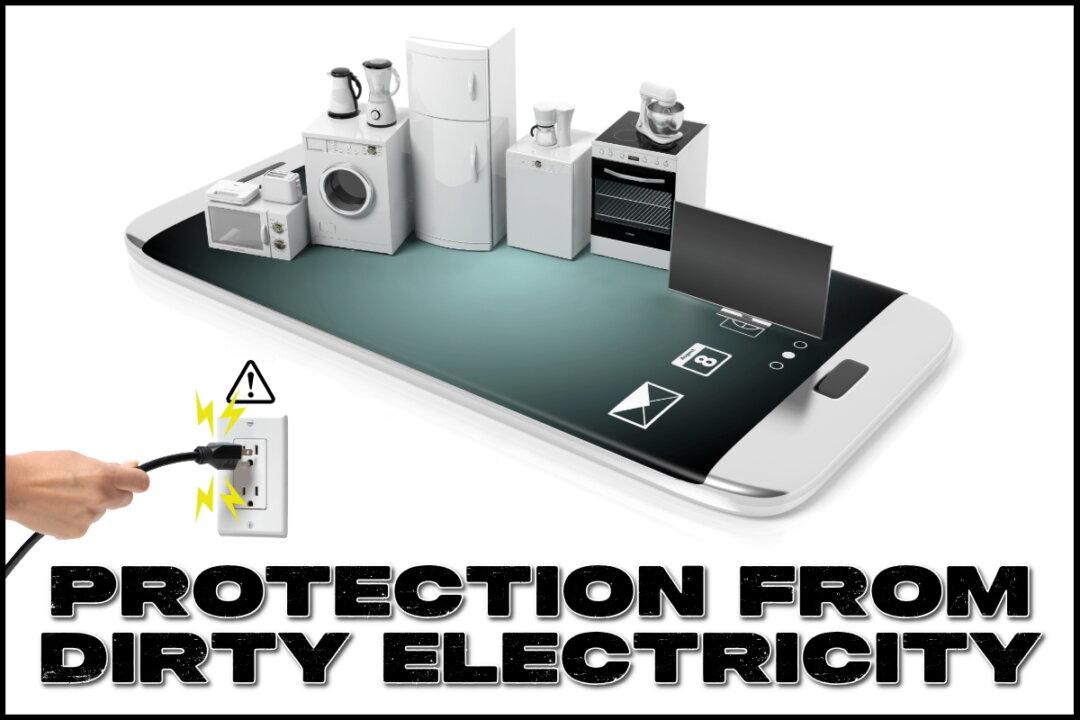In today’s hyper-connected world, we’re constantly surrounded by electromagnetic fields (EMFs)—from mobile phones and Wi-Fi routers to smart meters and household appliances. While the long term health impacts of EMF exposure are yet to be widely recognized by the telecom industry, many prefer to err on the side of caution by reducing unnecessary exposure, especially during sleep when the body repairs itself. Here are several straightforward strategies to lessen your EMF burden.
1. Keep Strong EMF Sources at a Distance
Our bodies are most affected by the strongest nearby sources of EMF. Relocating electronic devices, such as alarm clocks, phones, meters, and routers to safer distances from areas you spend a lot of time could ensure that you’re less affected by their fields.2. Replace or Relocate Alarm Clocks
Plug in alarm clocks—especially clock radios—are common bedside EMF emitters. To cut exposure, choose a battery powered alarm clock or place your plug in model on the other side of the room, away from your head.3. Swap Spring Mattresses for Foam or Latex
Did you know that traditional spring mattresses can act like EMF antennas? The metal coils can pick up and even amplify stray EMFs from nearby wiring. Replacing these mattresses with foam or latex alternatives and positioning your bed so your head isn’t near electrical outlets or wall wiring can reduce the likelihood that you are exposed to ambient EMFs while you sleep. Ideally, your bed should have space on either side away from the wall.4. Watch Out for Appliances Behind the Walls
Even switched off appliances like TVs or other electronics embedded in walls or furniture can carry residual charges. If such devices are behind your headboard, consider moving them or repositioning your bed. This simple adjustment can sharply reduce nighttime EMF exposure.5. Keep Your Phone off Your Pillow
Sleeping with a mobile phone under your pillow or too close to your head is a surefire way to expose yourself to RF radiation. Turning off your phone at night, keeping it on airplane mode, or placing it in another room can prevent these wireless EMFs from interfering with restorative sleep.6. Move Your Bed Away From Smart Meters
Smart electricity meters on the other side of a bedroom or adjacent wall may emit consistent high level EMFs. If possible, ensure that no meters are positioned near sleeping areas. If replacing your smart meter with an older digital or analog meter isn’t an option, at a minimum, shift your bed placement to increase distance.7. Disable Wi-Fi & DECT Phones at Night
Wireless routers and Digital Enhanced Cordless Telecommunications (DECTs) like cordless phones continuously emit RF even when not actively used. Turning off your Wi-Fi at night or using wired Ethernet connections may ensure that you’re not continuously exposed to this high RF source. Hard wired setups are far safer, reducing nighttime radiation exposure while you’re working on your computer during the day.Protection for the EMFs You Can’t Control
While minimizing EMFs is a sensible strategy, you can’t remove every EMF source from your environment. In addition to moving EMF sources farther away, by using a Blushield EMF protection device in your home, you can gain better control over your exposure.Though not everyone agrees on the extent of EMF risks, many people experience improved sleep quality and a greater sense of well being after making these changes—possibly due to reduced nighttime stimulation.
In Summary
Here’s a quick checklist for lessening EMF exposure around your bed:- Move plug in alarm clocks away or use battery powered ones
- Replace spring mattresses with foam or latex and avoid wall adjacent wiring
- Eliminate appliances near your headboard
- Don’t sleep with your mobile phone under your pillow
- Ensure smart meters aren’t mounted adjacent to the wall your bed is nearest to
- Switch off Wi-Fi and DECT phones at night or opt for wired connections







